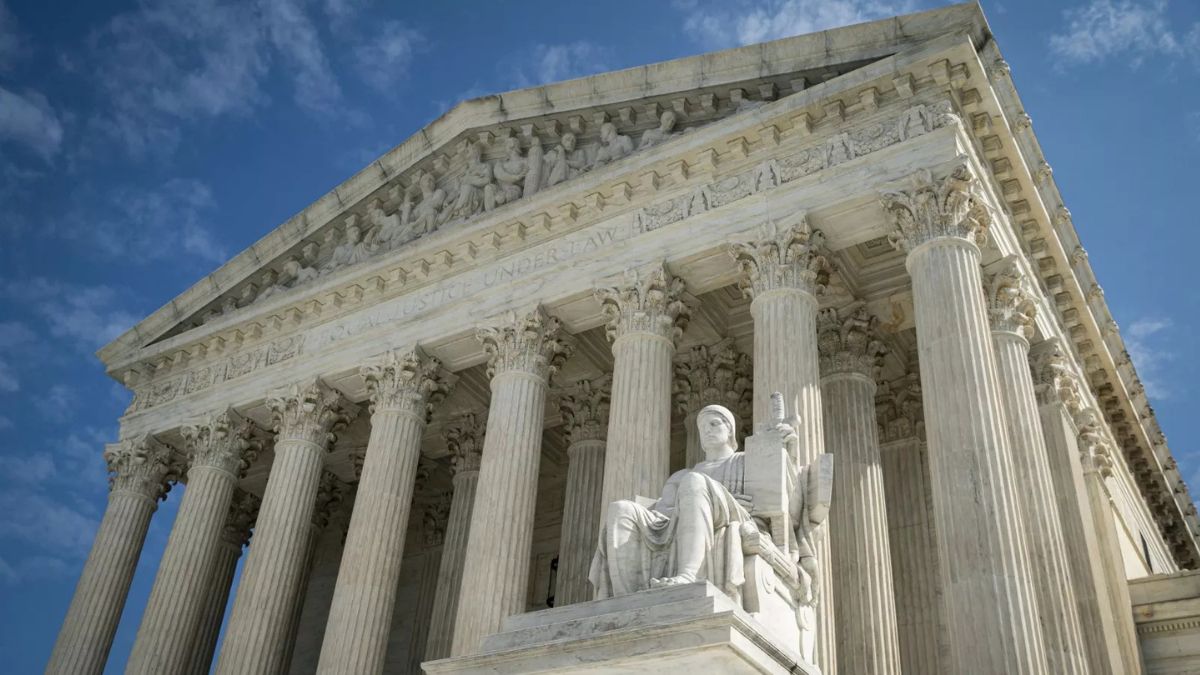

BreakPoint
Abortion and Prisoners
Jack Kevorkian is not called “Dr. Death” for nothing. He’s notorious for his macabre suicide machine, which has helped 45 people kill themselves. But few people realize that Kevorkian has been on the forefront of another crusade as well: the use of prisoners as guinea pigs for medical research. People sometimes challenge me for speaking out about abortion and euthanasia, questioning what these issues have to do with prisons. But there is a clear connection: A society’s treatment of human life is foundational to every other issue. And if we back down on respect for life, one of the first groups to suffer will be prisoners—as Kevorkian’s own record testifies. Right out of medical school in the 1950s, Kevorkian published “Medical Research and the Death Penalty.” This article urged the use of condemned prisoners for medical experiments that violated ethical norms. Some experiments involved testing drugs and anesthesia on prisoners as they were being executed. Another experiment involved transfusing blood from prisoners immediately after they had died. Kevorkian still thinks these are good ideas, but other doctors, I’m glad to say, are critical. They remember all too well the gruesome experiments performed by the Nazis on their prisoners: concentration camp inmates. The parallel is instructive: How did the Nazis start on their grisly path? They began by publishing professional papers in medical journals arguing that some lives are not “worthy of life” and advocating abortion and euthanasia. Once that philosophy caught hold, the next step was experiments on prisoners and minorities. Christianity teaches that human life is created by God and that no one has a moral right to destroy it (unless another life is at stake, as in self-defense or in just-war theory). Today that Christian philosophy is going head-to-head with a pragmatic naturalism that regards humans as merely complex animals, with no intrinsically higher dignity. Once a culture makes that philosophical shift, the first to be affected are the most vulnerable: the young, the infirm, minorities—and prisoners. This is not a far-fetched scenario. As recently as the 1950s, the federal government conducted a series of unethical radiation experiments on prisoners in Oregon. As ethicist Dianne Bartels put it, “In order to justify using prisoners, the researchers would have had to make a determination that they are somehow less human or less important than the general population.” Indeed. This is why abortion has always been about more than abortion. The seeds of this paradigm were planted in the 1930s, when eugenics thinking became popular. Today eugenics thinking is resurfacing in debates over abortion and euthanasia. Just let a budget crunch be severe enough, and we will surely hear questions raised about why we’re keeping people alive on death row. Jack Kevorkian is often treated as a crank, but he is actually the herald of a new philosophy that is already being accepted at the highest levels of government—particularly in the Supreme Court. That’s a philosophy you and I must challenge. We must work to maintain a wall of legal protection for all who are weak or vulnerable—which surely includes prisoners and minorities.
02/3/97















